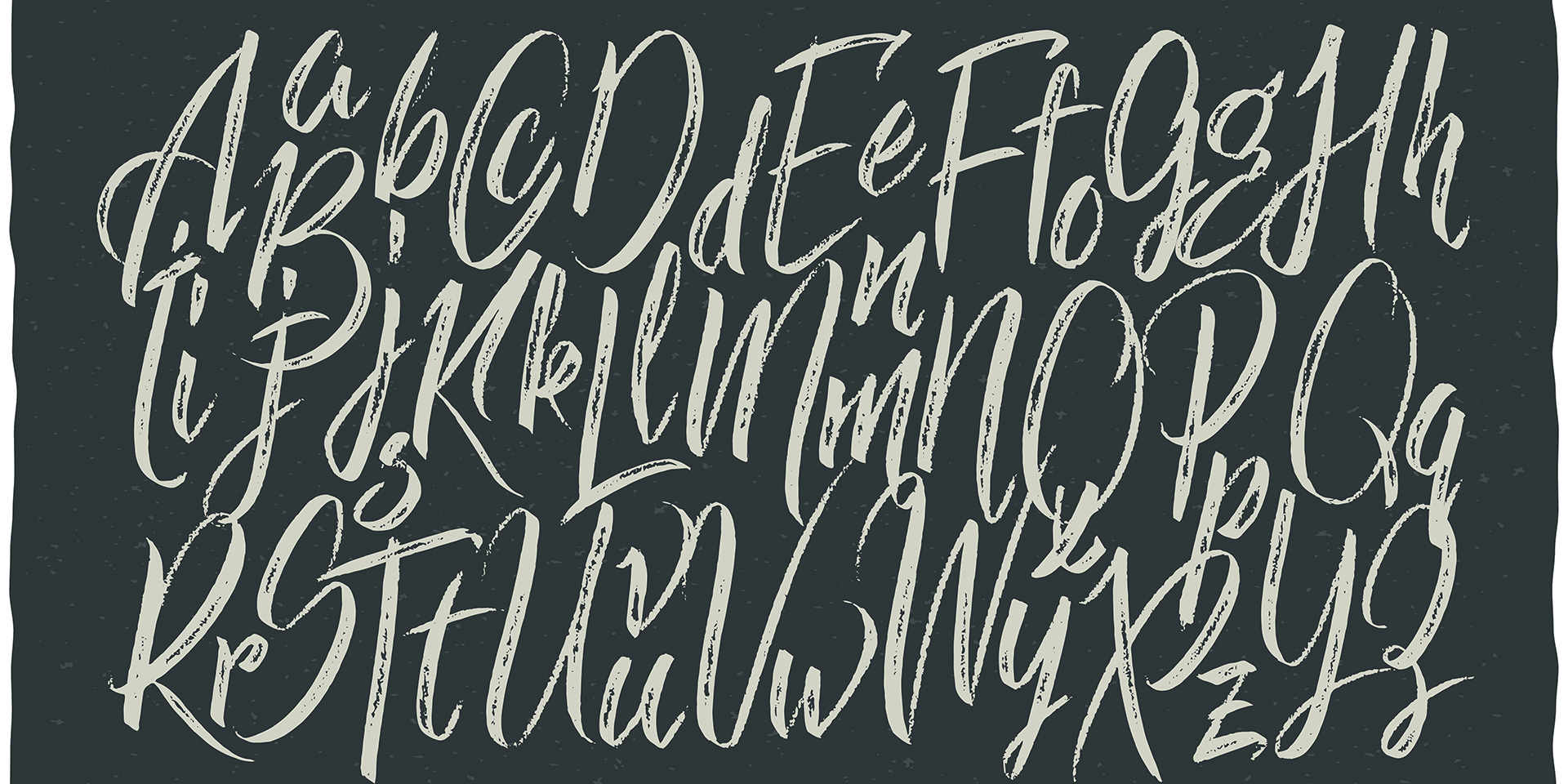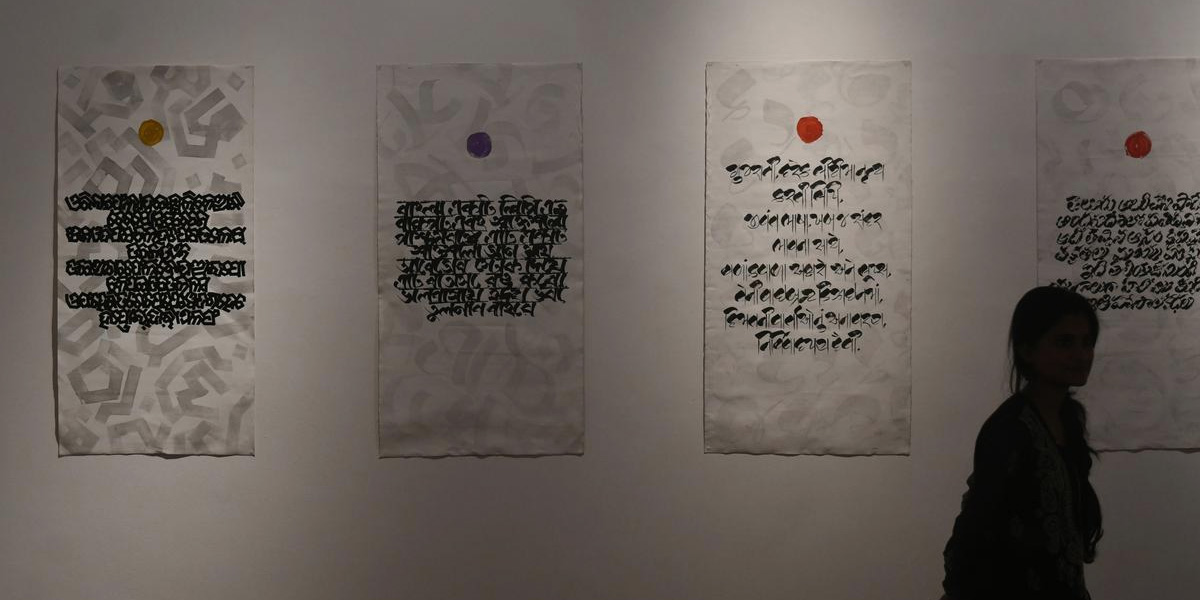
The world of penmanship and typography is vast and diverse, with various styles originating from different regions and cultures. To understand the global diversity of these art forms, it’s essential to familiarize yourself with popular styles such as Arabic calligraphy, Chinese calligraphy, English roundhand, Gothic script, Italic hand, Spencerian script, Japanese Shodo, and Russian cursive.
Regional influences play a significant role in shaping the unique features of penmanship and typography. For example, Asian calligraphy styles often incorporate brushwork and fluid strokes, while Western and Middle Eastern scripts may have more angular and rigid forms.
Understanding the historical context of penmanship and typography is crucial, as historical events have greatly impacted their evolution. From the development of the printing press to the rise of digital communication, these events have shaped the way we write and design text.
When selecting a style that suits your personal preferences and needs, consider factors such as artistic expression, legibility, and practicality. Improving your writing skills and appreciation for global penmanship and typography styles can enhance your understanding and proficiency in these art forms.
To maintain an impartial and unbiased perspective, avoid favoring specific brands or styles and instead focus on appreciating the unique features and benefits of each option. Ultimately, the world of penmanship and typography is a fascinating and diverse art form that offers endless opportunities for personal growth and expression.
What Are The Most Popular Penmanship Styles Worldwide?
Penmanship and typography styles vary greatly around the world, with each region having its unique characteristics. These styles can be categorized into different types, such as formal, casual, and artistic. Some of the most popular penmanship styles worldwide include:
- Arabic Calligraphy: This elegant style is widely used in the Middle East and North Africa. Arabic calligraphy features flowing lines and curves, often incorporating beautiful geometric designs.
- Chinese Calligraphy: Chinese calligraphy is known for its bold and expressive brush strokes. This style has been practiced for thousands of years and is highly valued in Chinese culture.
- English Roundhand: Also known as “copperplate” script, this style is popular in the United States and Europe. It features uniform, rounded letters with precise, flowing lines.
- Gothic Script: This style originated in Europe and is characterized by its bold, block-like letters. Gothic script is often used for headlines and titles in print media.
- Italic Hand: This casual script is popular among writers and artists in the United States and Europe. It features slanted letters with flowing lines, giving it a more personal and informal feel.
- Spencerian Script: This formal style was developed in the United States during the 19th century and is known for its elegant, ornate appearance. It is often used for lettering in logos and signage.
- Japanese Calligraphy: Known as “shodo,” Japanese calligraphy is practiced using a brush and ink on rice paper. The style features bold, rhythmic strokes and is deeply rooted in Japanese culture.
- Russian Cursive: This style is characterized by its swift, fluid strokes and angular, slanted letters. Russian cursive is popular among native speakers in Russia and other Eastern European countries.
Ultimately, the popularity of these styles varies depending on regional preferences, cultural backgrounds, and personal taste. It is essential to explore and appreciate the diverse range of penmanship and typography styles that exist around the world.
How Does Typography Vary Across Different Cultures?

Penmanship and typography are essential components of written communication, reflecting the unique cultural and historical aspects of different regions around the world. There are numerous styles of penmanship and typography that vary across different cultures, with each style showcasing the creativity and artistic expression of the people who use them.
Penmanship Styles
- Arabic Calligraphy: A beautiful and elegant script, often used in the Islamic world, Arabic calligraphy features flowing lines and intricate detailing.
- Chinese Calligraphy: The traditional Chinese script, known for its bold and flowing strokes, has been used for centuries in China and other East Asian countries.
- Western Cursive: A fluid and connected script, cursive writing is common in Western countries like the United States and Europe.
- Japanese Calligraphy: Known as “shodo,” Japanese calligraphy uses brushes and ink to create bold and precise strokes on rice paper.
Typography Styles
- Traditional Latin: This is the most common typography style used in Western countries, featuring a simple and easy-to-read design.
- Arabic Typography: Arabic typography often features a more geometric and calligraphic design, with a focus on legibility and aesthetics.
- Chinese Typography: Chinese typography has evolved over centuries, with various styles such as “Kaishu,” “Lishu,” and “Songti” being commonly used in different contexts.
- Japanese Typography: Japanese typography is characterized by its unique characters and distinct styles, such as “Mincho” and “Gothic.
In essence, the variety of penmanship and typography styles around the world is a testament to the rich cultural heritage and artistic expression of different societies. As we continue to explore and appreciate these unique styles, we gain a deeper understanding of the diverse world we live in.
What Are The Unique Features Of Asian Calligraphy Styles?
Penmanship and typography around the world are rich in diversity, with various styles and unique features. These styles often reflect the culture, history, and artistic expression of the regions they originate from. Let’s explore some of the most popular styles.
Western Penmanship and Typography
- English Roundhand: A cursive script used in the United States and United Kingdom, characterized by its flowing and connected strokes.
- Copperplate Script: A formal script originating in the United States, known for its elegance and precision.
- Spencerian Script: A popular American script from the 19th century, characterized by its geometric shapes and evenly spaced letters.
Asian Calligraphy Styles
- Chinese Calligraphy: With a history of over 3,000 years, Chinese calligraphy is known for its bold brushstrokes and elegant lines.
- Japanese Calligraphy: Known as Shodo, Japanese calligraphy uses a brush and ink to create expressive characters, often on rice paper.
- Korean Calligraphy: Hanguel, or Korean calligraphy, is characterized by its unique alphabet and bold, sweeping strokes.
In addition to these styles, there are numerous other regional and cultural penmanship and typography styles around the world, each with their unique features and artistic expressions. Exploring and learning about these styles can be a fascinating journey into the history and culture of different regions.
What Are The Key Differences Between Western And Middle Eastern Script Styles?

The world is home to a rich variety of penmanship and typography styles, reflecting the diverse cultures and histories of different regions. These styles can be broadly categorized into two main groups: Western and Middle Eastern scripts. Let’s explore some of the most popular styles within each group.
Western Script Styles
- Gothic: This style originated in the 12th century and is characterized by its thick, heavy lines and angular forms. It was popularized by the printing press and can be seen in fonts like Courier and Helvetica.
- Italic: This script is slanted and fluid, with rounded letters. It was initially developed as a handwriting style but has since been adapted for use in typography. Examples include Brush Script and Edwardian Script.
- Script: This style is highly decorative and elegant, with flowing, connected letters. Calligraphy is a prime example of this style, with many variations such as Spencerian, Copperplate, and Roundhand.
Middle Eastern Script Styles
- Arabic: This script is an abjad, meaning it primarily consists of consonants, with diacritical marks added for vowels. Arabic calligraphy has a rich history, with popular styles including Kufic, Naskh, and Riqa.
- Persian: Persian script is based on the Arabic script, with additional characters for Persian-specific sounds. Common styles include Nasta’liq, which is highly fluid and cursive, and the more angular and angularly-shaped Reihani.
- Hebrew: This script is an alphabet with distinct characters for consonants and vowels. Calligraphy styles include Square Hebrew, Rashi, and Sephardic.
Understanding the differences between Western and Middle Eastern script styles can help you appreciate the beauty and complexity of penmanship and typography from around the world. Each style has its unique characteristics, and these differences reflect the rich cultural heritage of the regions they represent.
How Have Historical Events Influenced The Evolution Of Penmanship And Typography?
The world of penmanship and typography is vast and diverse, with different styles and influences from various regions and historical events. Here are some key styles and how they have been shaped by history.
Different Styles of Penmanship and Typography
- Arabic Calligraphy: This elegant style features fluid lines and unique letterforms, originating from the Middle East and North Africa.
- Chinese Calligraphy: This style, with its distinctive brush strokes, has evolved over thousands of years and is still practiced today.
- Gothic Script: Originating in Europe, this style is characterized by its thick, bold strokes and is often seen in medieval manuscripts.
- Copperplate Script: This popular modern calligraphy style is known for its uniform, elegant appearance and is often used for wedding invitations and other formal events.
How Historical Events Influenced the Evolution of Penmanship and Typography
The Industrial Revolution: The invention of the printing press in the 15th century revolutionized the way information was shared. This led to the development of various typography styles, such as Gothic and Blackletter.
World Wars: Both World War I and World War II had a significant impact on penmanship, as soldiers wrote letters to their families and loved ones. This led to the creation of new styles, such as the Roundhand script, which was easier to write quickly.
The Digital Age: The rise of computers and the internet has greatly impacted the way we communicate, leading to a decline in traditional penmanship. However, modern calligraphy has experienced a resurgence in recent years due to its beauty and uniqueness.
In conclusion, the world of penmanship and typography is rich with diverse styles that have evolved over time due to historical events and cultural influences. By understanding these different styles and their origins, we can appreciate the beauty and artistry of handwriting and typography.